Solar eclipse resources offered to Ohio landowners
Landowner resources to help them prepare for an influx of people coming to rural parts of the state hoping to get a glimpse of this rare phenomenon April 8.
Read MoreCurtis reminds there is no longer a 50/50 law because it changed in 2008. The law today says landowners maintain fences in existence prior to 2008 in equitable shares. “If you and your neighbor can’t agree on what is equitable, then you would go to the township trustees,” she said. Landowners could also choose to use the court of common pleas to settle disputes or determine the share of maintenance for each landowner.
The change in the law came about as a result of Ohio Farm Bureau’s Line Fence Task Force, which suggested changes to the law so that it would comply with case law in the state. “The law had become unworkable, due to various court decisions. Today’s line fence law is a compromise, but it makes it workable and allows for a process,” Curtis explained.
If landowners want to build a new fence, then they are have the responsibility to do that on their own and neighbors would only have an obligation to contribute to the costs of that fence if they turn livestock against it. Landowners who build a new fence should record their costs with the county recorder to preserve the ability for reimbursement in this situation.
Curtis encourages members to look at all the options for cost sharing. “You can always agree to share maintenance with your neighbor for whatever amount you would like. Record the agreement with the county recorder to preserve it for future enforcement. This is something to do in the beginning of the process to save yourself some trouble,” she said.
There are some special circumstances regarding line fences. One deals with railroad rights of way. “There is a different set of rules that apply, and the railroad has different responsibilities. If there is a railroad right of way and you want to have a fence there, you have to contact the railroad about the fence; the railroad has responsibility to construct the fence or to pay for it. If you run into trouble, contact the Public Utilities Commission of Ohio (PUCO) because it is the agency that regulates railroads.”
Another special circumstance deals with certain government neighbors. Conservancy districts, the Ohio Department of Natural Resources or a political subdivision with an interest in recreational trails need to pay for half of a fence’s cost, Curtis said.
Curtis has previously written on line fence laws. Read her blog Five Reminders about Line Fence Law.


Landowner resources to help them prepare for an influx of people coming to rural parts of the state hoping to get a glimpse of this rare phenomenon April 8.
Read More
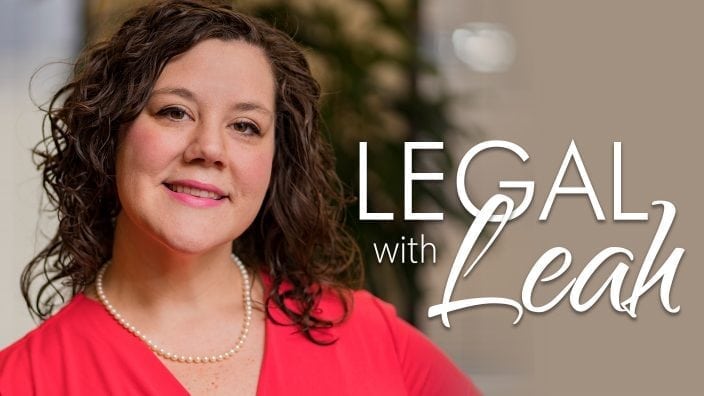
What are some of the things landowners need to be aware of, as they might see more people wanting to come out to their property and to rural Ohio for the best seat in the house?
Read More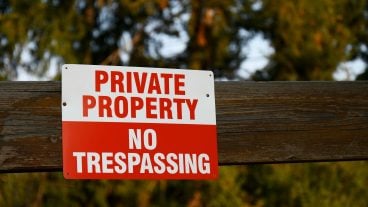
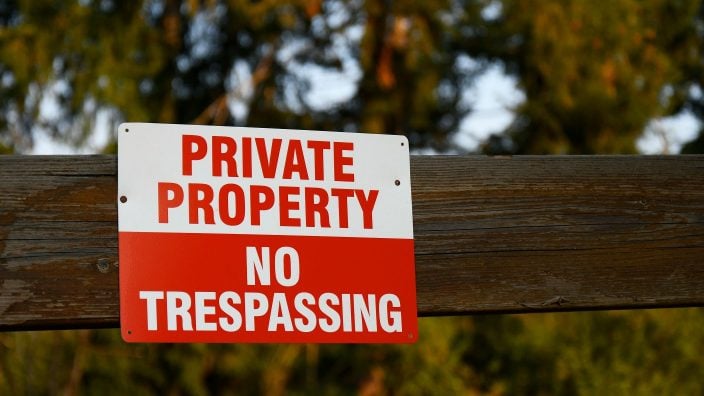
Policy Counsel Leah Curtis discusses Ohio trespassing laws and the liability that can fall on landowners when people enter their property.
Read More

When property owners may have issues with trees or encroachment on their property, they often turn to Ohio Farm Bureau for information.
Read More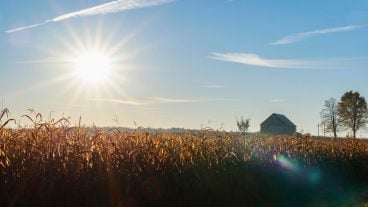
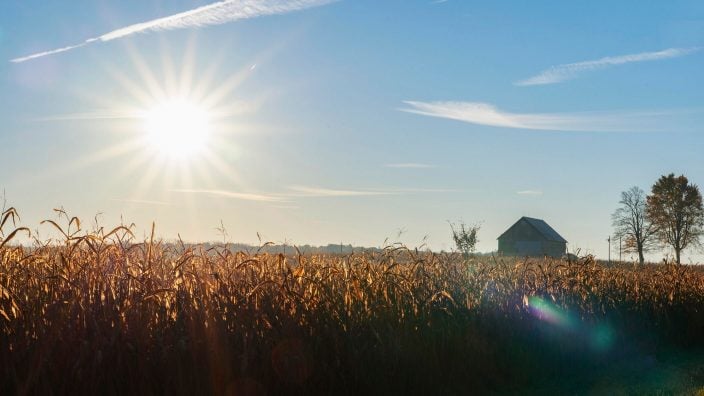
Even though there can be zoning in rural areas of Ohio, there are limitations in the law when it comes to agriculture.
Read More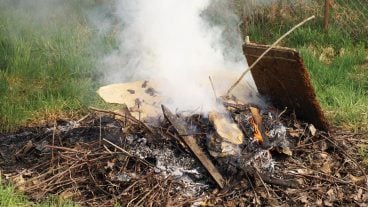

During the months of March, April, May, October and November, open burning in Ohio is prohibited during the hours of 6 a.m. to 6 p.m.
Read More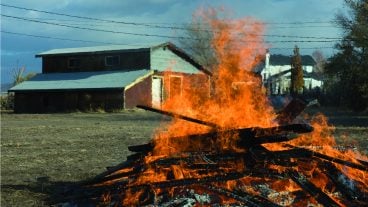
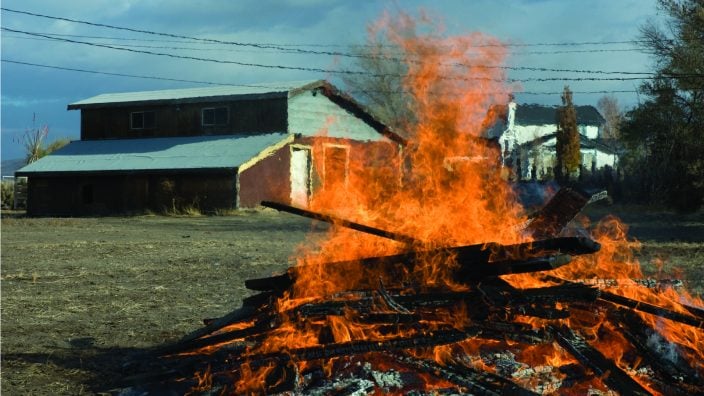
Depending on what is being burned and where, there will likely be restrictions from either the Ohio Environmental Protection Agency or possibly the Ohio Department of Natural Resources.
Read More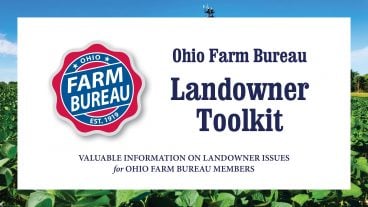
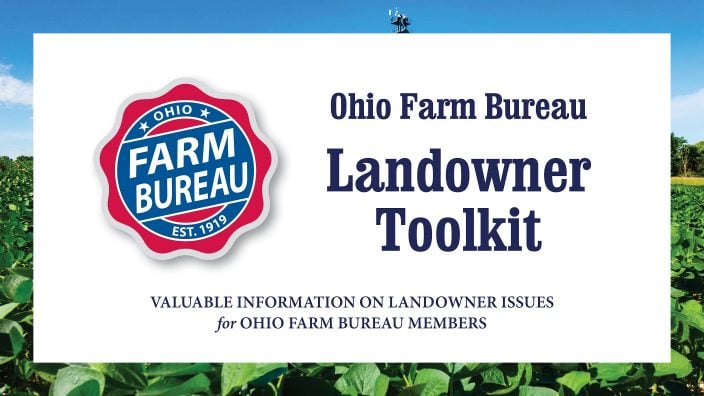
The newly updated Landowner Toolkit was built to give our members the knowledge and tools necessary to manage their land responsibly and productively.
Read More
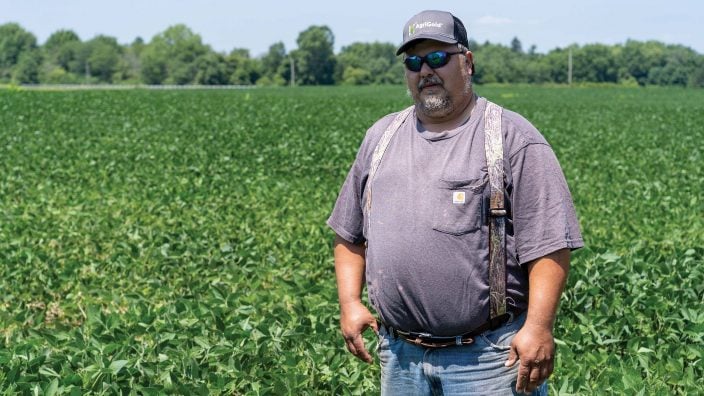
Under HB 397, notice must be given by Sept. 1 to terminate a farm lease, and the lease will terminate at the conclusion of harvest or Dec. 31, whichever comes first.
Read More

Lorain County Farm Bureau recently had success getting some changes made to their CAUV designations, thanks to the help of Ohio Farm Bureau and members taking action.
Read More